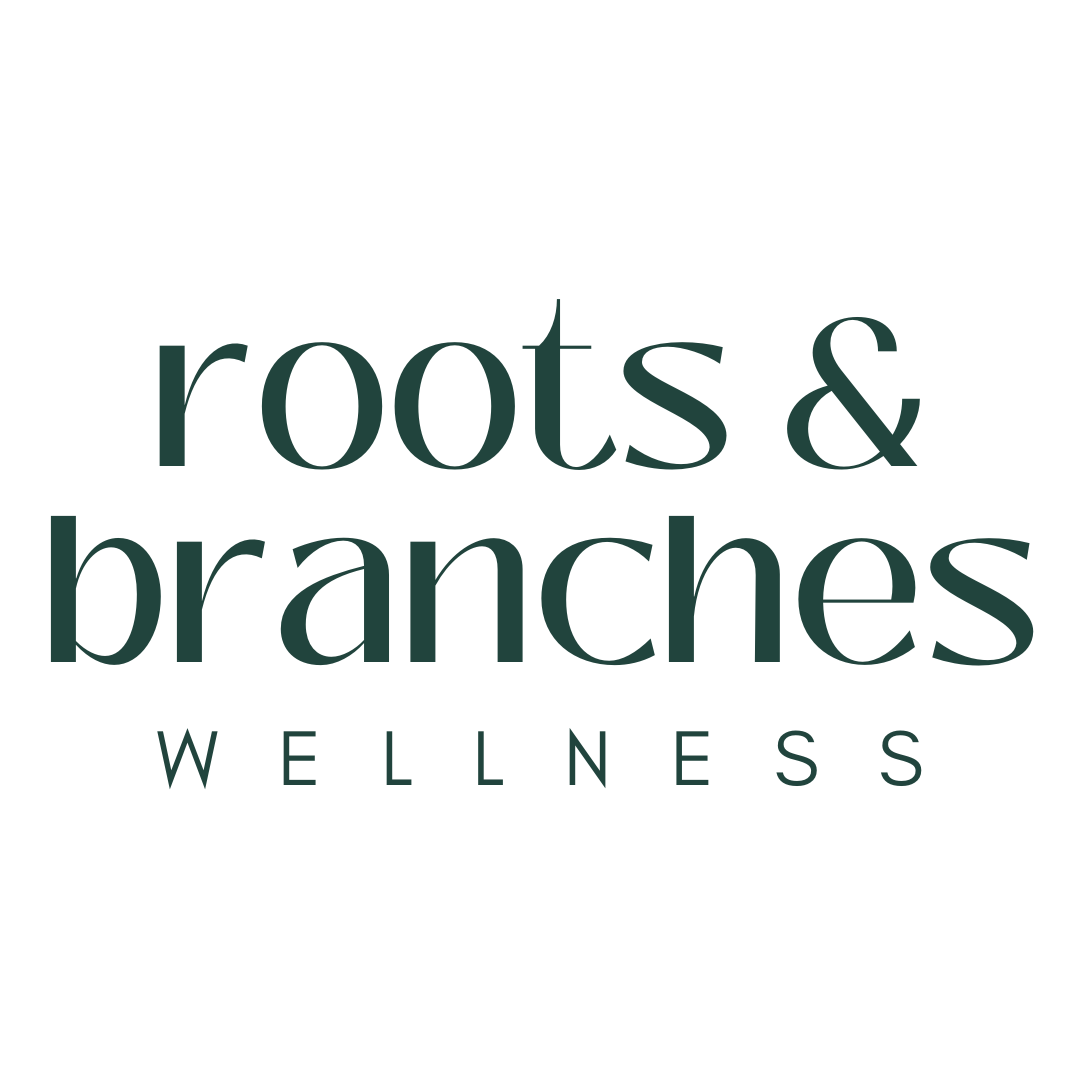How Understanding Our Personal Schema Around Pornography Can Remove Shame
In psychology, a personal schema refers to a cognitive framework or mental structure that represents an individual's organized knowledge, beliefs, and experiences about themselves, others, and the world around them.
A personal schema is essentially a mental map that helps individuals interpret and make sense of the information they encounter in their daily lives. It is shaped by an individual's experiences, cultural background, upbringing, and personality traits, among other factors.
Personal schemas can be positive or negative and can influence how individuals perceive and respond to different situations. When pornography becomes a problem within a relationship, it is important to address the schema around pornography. If one or both people within the relationship has a negative personal schema about pornography or using pornography, they may interpret situations in a way that confirms their negative beliefs about themselves or their relationship which can lead to a self-fulfilling prophecy.
Personal schemas are thought to play an important role in cognitive processes such as attention, perception, memory, and decision-making. In therapy, helping individuals to identify and modify maladaptive personal schemas can be an important step in promoting psychological well-being and improving their overall functioning and can therefore be employed when addressing a couple who find pornography to be negatively affecting their relationship.
Understanding one's personal schema about the use of pornography is an important step in developing a healthy relationship with sexuality and intimacy. Our personal beliefs and experiences shape our understanding of pornography, and the impact this has on our behavior and relationships.
Defining Pornography
Our personal definition of pornography can be influenced by cultural, religious, or personal beliefs. For some, pornography may be defined as any sexually explicit material, while for others, it may be more specific. Even “sexually explicit” is understood differently from person to person. Understanding where our definition comes from can help us better understand our relationship with pornography.
Having a set definition of what is defined as pornography can help set appropriate boundaries with self and within a relationship. Understanding where the definition comes from–whether from a religious upbringing, previous relationship, or your own exposure–can also help determine what the goal for pornography use looks like.
Overcoming Pornography Use
While pornography use is generally accepted as a common practice, within different cultures it can be considered taboo or inappropriate. If our values determine that pornography use should be overcome or modified, the first barrier to address is shame. Shame is a common emotion associated with pornography use and can be very damaging. It can lead to feelings of guilt, self-loathing, and isolation, making the problem worse. It can also cause friction in a relationship or cause partners to feel inadequate, betrayed, or unloved.
To overcome shame, it's important to recognize that pornography use is sometimes considered common and normal behavior. Again, determining your schema can help pinpoint from where feelings of shame come. While many people use pornography, and it doesn't necessarily indicate a problem or addiction, personal beliefs may create a desire to abstain from use even after a habit or interest has developed.
It's important to seek support from your partner, trusted relationships, or professionals, who can offer guidance and support without judgment. People often respond to shame by pushing away others, withdrawing, and by hiding the aspects of themselves they feel will lead to rejection. This is damaging to a relationship and sense of self.
Developing Self-Mastery
When it comes to modifying our use of pornography, the goal may be self-mastery or abstinence. Self-mastery involves developing a sense of control over our behavior and urges, while abstinence involves completely refraining from pornography use. The approach we take will depend on our personal goals and values.
Maren grew up in a family where sexuality was not openly discussed, but she had always been curious about pornography and felt it was a natural part of exploring her own sexuality. Her personal schema about pornography was that it was a normal and acceptable part of adult life and could even be a positive tool for sexual expression and exploration.
However, Maren started to feel like her use of pornography was becoming excessive and interfering with her daily life and relationships. She decided that she wanted to cut back on her use and develop a healthier relationship with pornography, despite her positive personal schema around it.
By exploring her personal schema with her therapist, Maren was able to gain a deeper understanding of her own values and beliefs about pornography and how they were impacting her behavior. She learned that her positive personal schema didn't necessarily mean that her use of pornography was healthy or beneficial for her.
With the help of her therapist, Maren was able to develop a plan to modify her use of pornography and set boundaries for herself. She found that by approaching her use of pornography with a more intentional and mindful attitude, she was able to maintain a positive relationship with it while also curbing any negative effects it was having on her life.
Healthy Relationships
Understanding how our personal schema influences our relationship with pornography can also have an impact on long-term relationships. Shame and guilt can lead to feelings of betrayal and mistrust if one partner uses pornography. On the other hand, if both partners have a healthy understanding and communication around the topic, it can enhance intimacy and strengthen the relationship.
Mark had grown up in a conservative household where pornography was seen as a sinful and immoral practice. As a result, Mark had developed a negative personal schema around pornography, which caused him to feel guilty and ashamed whenever he indulged in it. When he started dating Sarah, he felt like he had to keep his pornography use a secret from her, fearing that she would judge him or end the relationship.
One day, Sarah stumbled upon Mark's browsing history and discovered that he had been watching porn. This discovery led to a heated argument, with Sarah feeling betrayed and Mark feeling defensive and ashamed. However, with the help of a therapist, Sarah and Mark were able to explore their personal schemas around pornography and work towards a better understanding of each other's beliefs and values. As they learned to communicate more openly and honestly, their relationship became stronger and more intimate, and Mark was able to develop a healthier relationship with his sexuality.
Understanding our personal schema about the use of pornography is an important step in developing a healthy relationship with sexuality and intimacy. Removing shame from however we choose to deal with pornography is essential to overcome or modify pornography use. It's important to approach the topic with openness, honesty, and seek support if you feel that it is necessary.
If pornography usage is a concern in your life or you aren’t clear what your schema is regarding pornography, talking to a therapist may provide clarity. Reach out if this is a topic that you would like to discuss.



